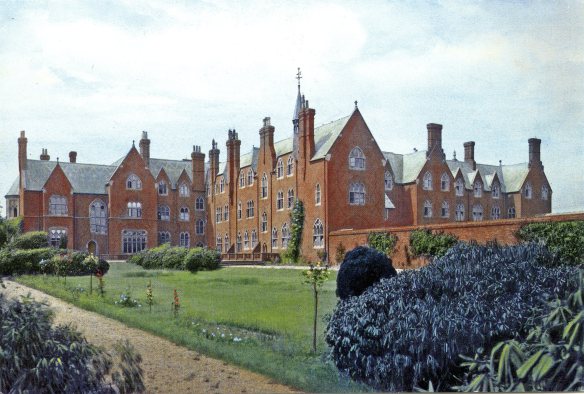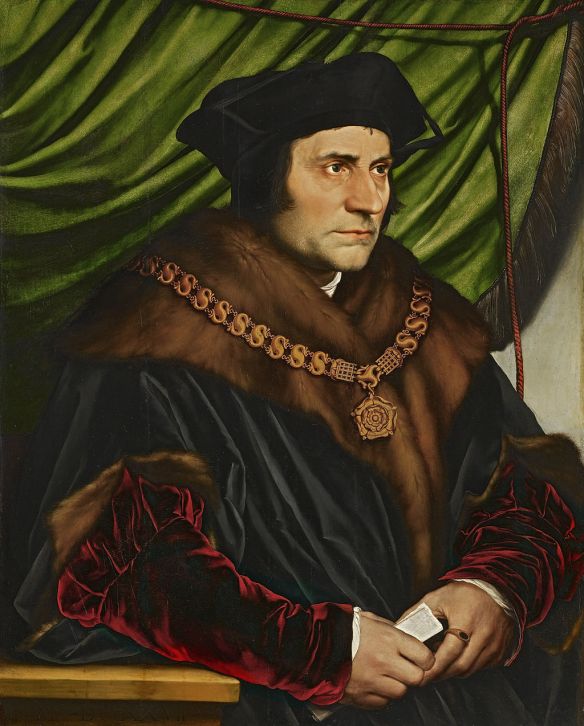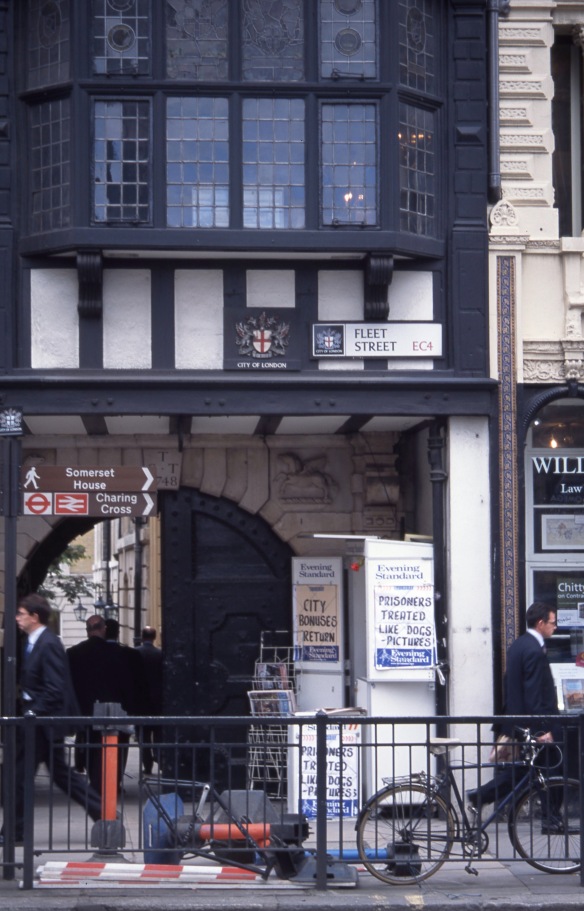After our day in the sun, we are now in the grip of storm Gertrude. And they have only been given names in alphabetical order since the beginning of the year. Winds approach 50 m.p.h.
We have had no snow, so quite how a pair of snow-owls came to be on their perch in the garden, I don’t know. Anyway, they are thawing out.
This afternoon Jackie drove me to New Milton to look at a jacket I had ordered from Fagan’s. It wasn’t big enough, so we ordered a carpet instead.
Over the Christmas holiday period the library has become rather a dumping ground. Today we set about regaining the space for books and contemplation. This took some time, and prompted a certain amount of reorganisation. In the process, I discovered two postcards relating to our schooldays that were in a pile of Chris’s books that Frances had passed on to me.
The school which I and my two brothers had, between us, attended from 1953 to 1978 stands on a site where in 1860 John Brackenbury had purchased two large meadows below the Ridgway known as Tree and Boggy Fields. Brackenbury had helped to run Nelson House School, in Eagle House, Wimbledon High Street. His success there was such that in 1859 he took out a mortgage on the land below the Ridgway and founded the Anglican Preparatory Military Academy in 1860, also known as Brackenbury’s. The grounds of this college were so attractive that the school was opened to the public once a week.
In 1892 the buildings of the Anglican Preparatory Military Academy were purchased by the Jesuits and reopened as Wimbledon College which had existed on other sites earlier that year.
One of Chris’s postcards is of the very first pupils’ school photograph. Note the heavy leather rugby ball, such as we still used in the 1950s. Should any of my readers have antecedents likely to be present in this picture from 1893, I would be pleased to hear from you.
The other is of the splendid Victorian building I knew. The grounds seen in this photograph are just part of the sublime setting in which I was fortunate enough to spend my grammar school years. During the summer holidays in 1977 the main college hall burned down. It is not clear what caused the fire, but the kitchens were located in the basement of the hall and it was supposed that the fire started there. Many a time I sat at the refectory tables in that hall, lobbing bits of food at other unruly juvenile diners under the eyes of the Catholic martyrs of the reformation, Saints Thomas More and John Fisher. Patrick Reid, the famous Old Boy who escaped from Colditz Castle in World War II, also looked down on us. I wonder whether their portraits survived the fire.
Extensive renovation and new building has since been undertaken.
Hello Fresh is an organisation that sends to our homes the ingredients and recipes for making exceedingly good meals. Jessica and Imogen sent us a week’s subscription for Christmas. This consisted of the wherewithal for three meals for two. Because we had such a houseful Jackie froze these goodies. Today we sampled the first. This was Aubergine ‘Al Funghetto’ with Grilled Butterflied Chicken. Containing supplied chicken breasts , aubergine, new potatoes, cherry tomatoes (these didn’t freeze so we replaced them’, flat leaf parsley, garlic, lemon , and chilli flakes, was absolutely delicious. Jackie is retaining the recipe card. Profiteroles was to follow. I finished the chianti and The Cook drank her customary Hoegaarden.
Well done the grandchildren.
P.S. More memories of school dinners from Keith Prince:
















